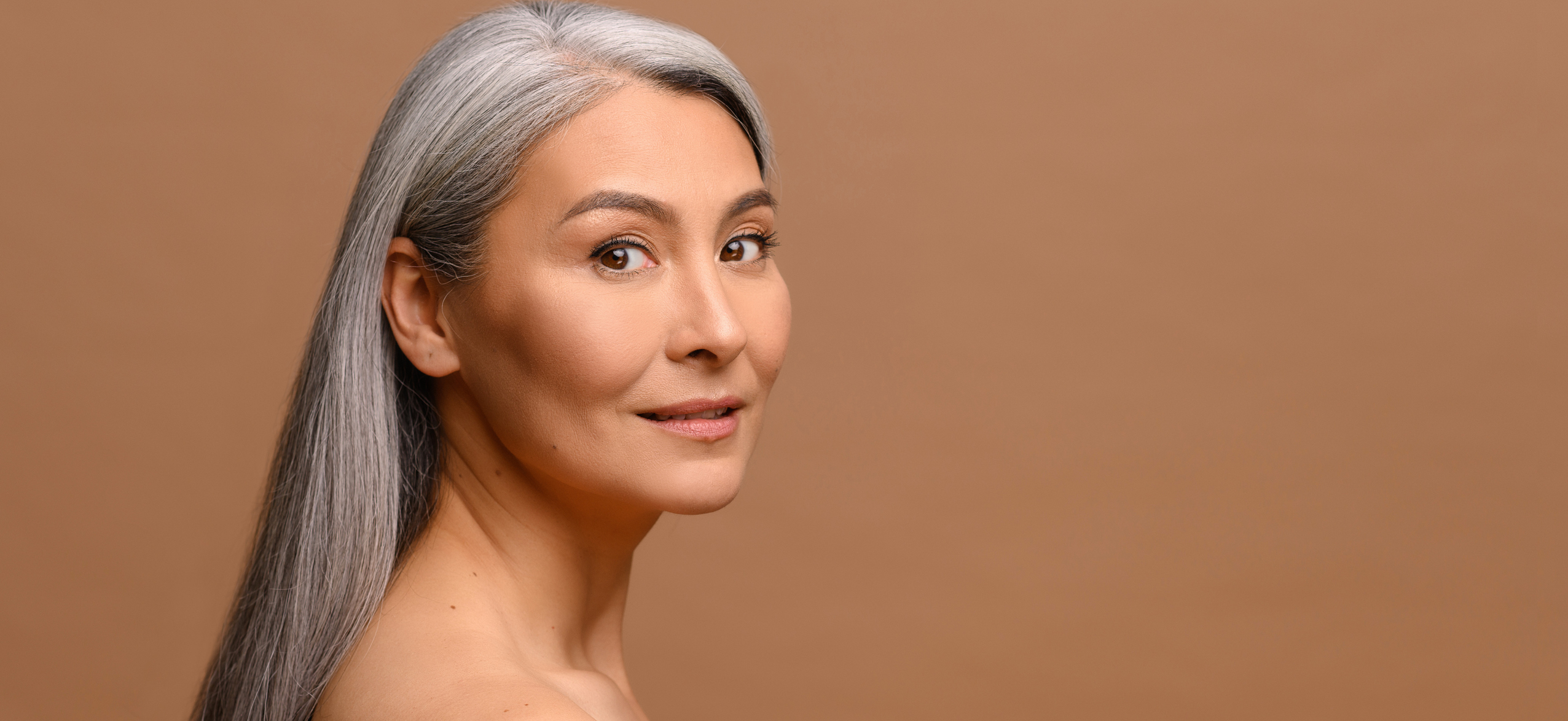
Aging is an inevitable process, and one of the most visible signs of aging is the appearance of wrinkles and sagging skin on the face. Many people feel self-conscious about their aging appearance and wish to find ways to maintain or restore their youthful look. Facial rhytidectomy, commonly known as a facelift, is a popular cosmetic surgery performed for decades to help individuals achieve a more youthful appearance.
Facial rhytidectomy involves tightening the skin and muscles of the face and neck to remove wrinkles and sagging skin. It can be a great option for individuals seeking to improve their appearance and regain their confidence as they age. However, it is important to understand that a facelift is not a one-size-fits-all solution and should be approached with realistic expectations. This blog will help in providing all the required information about facial rhytidectomy.
What Happens to the Skin As We Age
As we age, our skin goes through several changes that can lead to wrinkles, sagging, and other signs of aging. These changes occur at different rates and degrees in different people, depending on genetics, lifestyle, and environmental exposure. Here are some of the most common changes that happen to the skin as we age:
⦁ Loss of elasticity: The collagen and elastin fibers in our skin, which give it elasticity and firmness, begin to break down over time. This leads to sagging skin and the formation of wrinkles.
⦁ Thinning of the skin: As we age, the epidermis (the outer layer) thins, making the skin more vulnerable to damage and leading to a translucent appearance.
⦁ Dryness: Our skin produces less oil as we age, leading to dryness and flakiness.
⦁ Age spots: Prolonged exposure to the sun can lead to age spots, which are brown or black spots that appear on the skin.
⦁ Reduced circulation: As we age, blood vessels in the skin become narrower, leading to reduced circulation and a dull, tired appearance.
⦁ Loss of fat: The layer of fat beneath the skin, which provides cushioning and contouring, begins to shrink with age. This can lead to a hollowed-out appearance in the cheeks, temples, and other facial areas
.
⦁ Slower cell turnover: The rate at which our skin cells renew themselves slows down as we age, leading to a buildup of dead skin cells on the skin’s surface.
Why Get a Facelift?
Facial rhytidectomy, commonly known as a facelift, is a surgical procedure designed to help individuals achieve a more youthful appearance by addressing signs of aging on the face and neck. While there are many reasons why someone may choose to get a facelift, here are some of the most common:
⦁ Reduce wrinkles and sagging: One of the main benefits of a facelift is that it can help reduce wrinkles and sagging skin on the face and neck. By tightening the skin and muscles, a facelift can give the face a more lifted and youthful appearance.
⦁ Boost self-confidence: For many people, the visible signs of aging can be a source of self-consciousness and insecurity. A facelift can help restore a more youthful and refreshed appearance, boosting confidence and self-esteem.
⦁ Rejuvenate the face: A facelift can provide an overall rejuvenation, helping restore a more youthful and energetic appearance.
⦁ Correct facial asymmetry: Some people may have facial asymmetry, where one side of the face appears different. A facelift can help to correct this and create a more balanced appearance.
⦁ Long-lasting results: While non-surgical treatments such as Botox and fillers can provide temporary results, a facelift can provide more long-lasting results, with many patients enjoying the benefits for 10 years or more.
What Happens During Facial Rhytidectomy
Facial rhytidectomy, commonly known as a facelift, is a surgical procedure designed to address signs of aging on the face and neck, such as wrinkles and sagging skin. The procedure typically takes several hours and is performed under general anesthesia. Here’s what you can expect during a facelift procedure:
⦁ Incisions: The surgeon will make incisions along the hairline, in front of and behind the ears, and under the chin (if necessary) to access the underlying tissues of the face and neck.
⦁ Muscle and tissue tightening: The surgeon will lift and tighten the muscles and tissues of the face and neck to reduce sagging and create a more youthful appearance. This may involve removing excess fat and skin as well.
⦁ Skin re-draping: Once the underlying tissues have been tightened, the surgeon will re-drape the skin over the new contours of the face and neck.
⦁ Incision closure: The incisions will be closed with sutures or staples, and bandages will be applied to protect the incision sites and reduce swelling.
What to Do Before the Procedure
If you are considering a facial rhytidectomy, commonly known as a facelift, there are several things you should do to prepare for the procedure. Here are some things to keep in mind before your facelift:
⦁ Choose a qualified surgeon: Choosing a board-certified plastic surgeon with extensive experience performing facelifts is important. Take the time to research potential surgeons and read reviews from previous patients to ensure that you are choosing a qualified and reputable provider.
⦁ Schedule a consultation: Before undergoing a facelift, you must consult with your surgeon to discuss your goals and expectations and any medical conditions or medications that may impact the procedure.
⦁ Follow pre-operative instructions: Your surgeon will provide detailed instructions on preparing for your facelift, which may include avoiding certain medications, quitting smoking, and avoiding alcohol in the days following the procedure. Following these instructions carefully is important to ensure the best possible outcome.
⦁ Arrange for transportation and aftercare: You will need to arrange for transportation to and from the surgical facility on the day of your facelift, as you cannot drive yourself. You should also arrange for someone to stay with you for the first few days after the procedure to help with daily tasks and ensure a safe and comfortable recovery.
⦁ Plan for recovery time: A facelift is a major surgical procedure that requires significant recovery time. You should plan to take several days off from work and avoid strenuous activity for several weeks following the procedure. Your surgeon will provide specific post-operative instructions to help you recover safely and comfortably.
To Sum Up
A facial rhytidectomy, commonly known as a facelift, can effectively address signs of aging on the face and neck and help you look and feel your best as you age. While the procedure does require careful consideration and preparation, with the help of a qualified and experienced surgeon, you can achieve natural-looking results that can last for many years. Whether you want to restore your youthful appearance, boost your confidence, or simply feel more comfortable in your own skin, a facelift may be the right choice.
If you’re considering a facelift or any other cosmetic procedure, Cilento Facial Plastics is here to help. Our board-certified plastic surgeons specialize in facial rejuvenation procedures, including facial rhytidectomy, and are committed to delivering personalized care and natural-looking results. Don’t wait – take the first step towards a more confident, youthful appearance with Cilento Facial Plastics.








